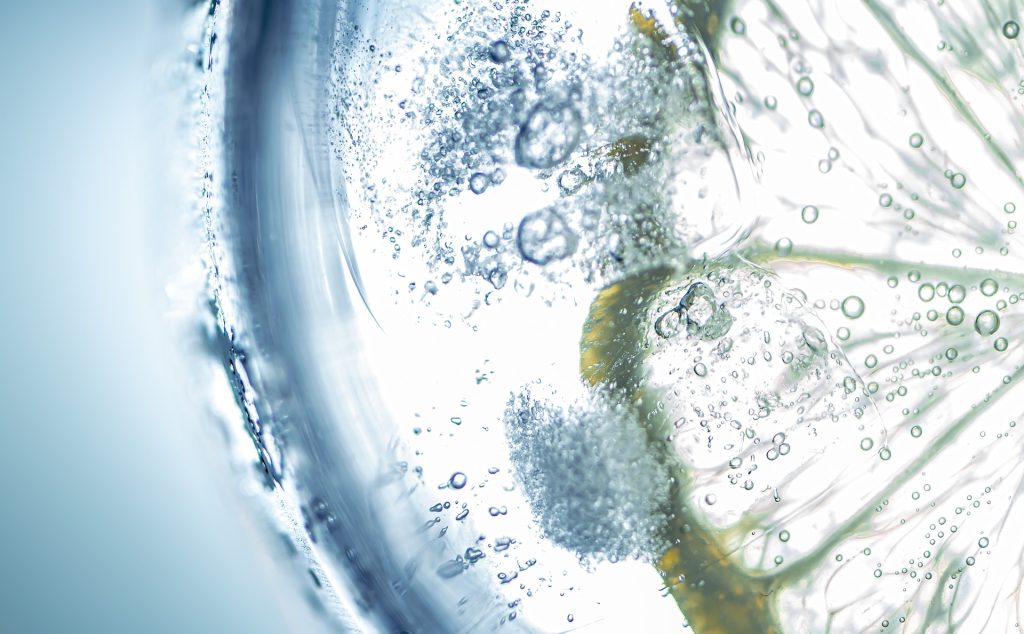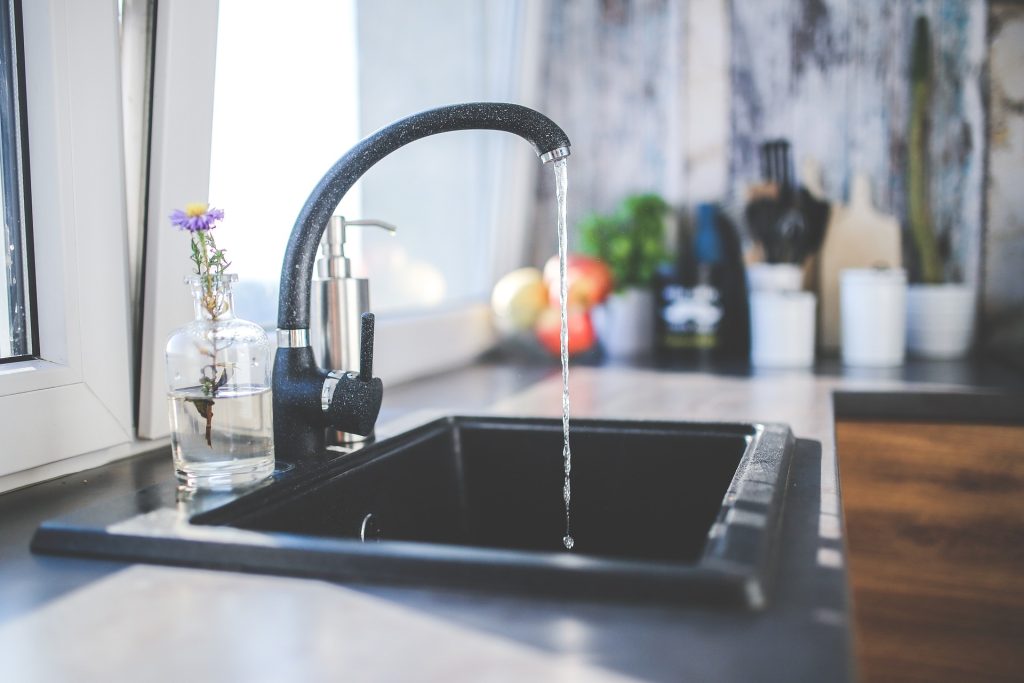
Ensuring the quality of your home’s water is crucial for your health and well-being. Whether you’re on municipal water or a private well, it’s a good idea to periodically check the water quality. Here’s a comprehensive guide to help you test your water quality at home.
Why Test Your Water?
Water can contain contaminants like bacteria, nitrates, lead, and other harmful substances. Regular testing can help you identify these issues early and take action to ensure your water is safe to drink.
What You’ll Need
To get started, you’ll need a few basic items. You can easily find these online or at your local hardware store:
- Water Testing Kit: These kits are designed to test for a variety of contaminants. Some popular options include the 16 in 1 Drinking Water Test Kit and the Safe Home® Ultimate DIY Drinking Water Test Kit.
- Clean Containers: Use these to collect water samples. Make sure they’re clean to avoid contamination.
- Protective Gloves: It’s a good idea to wear gloves to protect yourself when handling water samples, especially if you’re testing for bacteria or other harmful substances.
Step-by-Step Guide
1. Collect Your Water Sample
Collecting a water sample is the first step. Here’s how:
- Choose a Sampling Point: It’s best to collect water from the tap you use most often for drinking and cooking.
- Run the Water: Let the water run for a few minutes to flush out any stagnant water.
- Fill the Container: Fill the clean container with water. Be sure to follow the instructions on your water testing kit for the correct amount.
2. Use the Water Testing Kit
Once you have your sample, it’s time to use your water testing kit:
- Read the Instructions: Each kit is different, so make sure you understand the specific steps for your kit.
- Dip the Test Strips: Most kits come with test strips that change colour based on the presence of certain contaminants. Dip the strips into the water sample and wait for the indicated amount of time.
- Compare the Colours: Match the colours on the test strips to the provided chart to determine the levels of contaminants.
3. Interpret the Results
Understanding your results is crucial:
- pH Levels: The ideal pH for drinking water is between 6.5 and 8.5. Anything outside this range might indicate contamination.
- Hardness: High levels of calcium and magnesium can cause hard water. This isn’t harmful but can be a nuisance.
- Contaminants: Look for harmful substances like lead, nitrates, and bacteria. If any of these are present, you’ll need to take action.
Detailed Analysis of Common Contaminants
To give you a clearer understanding, here’s a breakdown of some common contaminants you might find and what they mean:
- Lead: This is a toxic metal that can cause serious health problems, especially in children. If you find lead in your water, it’s crucial to address it immediately.
- Nitrates: High levels of nitrates can be dangerous, particularly for infants. They often come from fertilisers and septic systems.
- Bacteria: Presence of bacteria like E. coli can indicate contamination from human or animal waste and can cause severe illness.
- Chlorine: Used to disinfect water, but high levels can cause health issues and give water an unpleasant taste and smell.
- Iron and Manganese: While not harmful in small amounts, these can cause staining and affect the taste of water.
What to Do If You Find Contaminants
If your test reveals contaminants, don’t panic. Here are a few steps you can take:
- Confirm the Results: Retest your water to confirm the initial findings.
- Identify the Source: Try to determine where the contamination is coming from. It could be your pipes, a local industrial site, or natural sources.
- Consider a Water Filter: Installing a water filter can help remove many contaminants. Check out our recommendations for the Best Water Filters for Your Home.
- Contact a Professional: If you’re unsure about your results or how to address them, consider consulting a water quality expert.
Types of Water Filters
Depending on the contaminants found, different types of water filters might be suitable:
- Activated Carbon Filters: Great for removing chlorine, pesticides, and other organic contaminants. They also improve taste and odour.
- Reverse Osmosis Systems: Effective in removing a wide range of contaminants, including lead, nitrates, and dissolved solids.
- UV Purifiers: Ideal for eliminating bacteria and viruses from water.
- Water Softeners: Specifically designed to address hard water issues caused by high levels of calcium and magnesium.
Maintaining Good Water Quality
Regular testing is the best way to ensure your water remains safe. Aim to test your water at least once a year, or more frequently if you notice any changes in taste, colour, or smell.
Conclusion
Testing your water quality at home is a straightforward process that can give you peace of mind about the water you and your family drink every day. With the right tools and knowledge, you can easily monitor and maintain the quality of your water.
For more guides and product recommendations, be sure to sign up for our newsletter to stay updated on the latest in water purification and testing.


